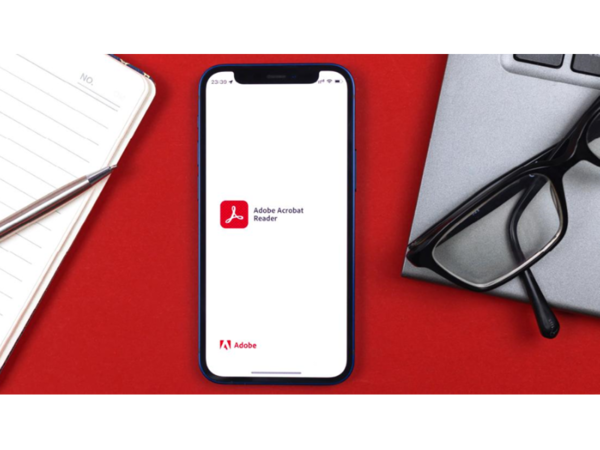In today's digital age, we frequently encounter various file formats, with JPG and PDF being among the most prevalent. JPGs are often used for signatures on documents or screenshots from instruction manuals. Converting a JPG to a PDF (Portable Document Format) before sharing offers the advantage of maintaining image quality and ensuring ease of access for the recipient.

While numerous tools exist for this conversion, Adobe Acrobat stands out as a reliable option. It efficiently transforms JPG files into PDFs without compromising quality. Let's explore a step-by-step guide on using Adobe Acrobat for this conversion.
JPG (Joint Photographic Experts Group) is a widely used format for compressing detailed images, reducing file size for easier sharing. It's commonly employed for adding images to blog posts, social media, and emails.
PDF, on the other hand, is a versatile format capable of containing images, official documents, and more. Its universal compatibility across devices and operating systems makes it ideal for sharing important files. Furthermore, PDFs maintain image quality even when dimensions are increased.
Here are several reasons why converting from JPG to PDF is a beneficial option:
Here's how to convert a JPG to PDF on your computer:

Here's how to convert a JPG to PDF using your smartphone:
Note: The image to PDF conversion feature is not available for free on the smartphone version.
Yes, numerous online and offline tools offer free JPG to PDF conversion services.
Tools like Adobe Acrobat provide accurate PDF editing features. Simply upload the file, make the desired edits, and use the "Correct Suspect" icon to apply the changes.
To convert for free on a smartphone, use an online JPG to PDF conversion tool through your browser. Upload the file, and in most cases, the conversion will happen automatically. If not, you may need to tap a command button.
Newer articles
Older articles
 Smith Eyes Grenada Test Return After Injury Recovery
Smith Eyes Grenada Test Return After Injury Recovery
 Google Maps Boosts Navigation Precision with Fused Orientation Provider Update
Google Maps Boosts Navigation Precision with Fused Orientation Provider Update
 Earth Sciences Minister Rijiju Expresses Frustration Over Atos Supercomputer Delay, Jeopardizing Weather Forecast Upgrades
Earth Sciences Minister Rijiju Expresses Frustration Over Atos Supercomputer Delay, Jeopardizing Weather Forecast Upgrades
 Washington Freedom Snatch Last-Ball Win Over Knight Riders in MLC Thriller; Playoff Hopes Soar
Washington Freedom Snatch Last-Ball Win Over Knight Riders in MLC Thriller; Playoff Hopes Soar
 East Africa Rift: Mantle Upwelling Drives Birth of New Ocean, Study Finds
East Africa Rift: Mantle Upwelling Drives Birth of New Ocean, Study Finds
 Colon Cancer: Don't Ignore These 5 Subtle Warning Signs
Colon Cancer: Don't Ignore These 5 Subtle Warning Signs
 Prasidh Krishna Vows to Sharpen Bowling After Costly Leeds Performance
Prasidh Krishna Vows to Sharpen Bowling After Costly Leeds Performance
 Gavaskar Urges India to Replace Thakur with Yadav for Second Test Against England
Gavaskar Urges India to Replace Thakur with Yadav for Second Test Against England
 Rishabh Pant's Unconventional Batting Style Is Revolutionizing Cricket, Says Greg Chappell
Rishabh Pant's Unconventional Batting Style Is Revolutionizing Cricket, Says Greg Chappell
 Vitamin B12 Deficiency: Cardiologist Explains Symptoms, Sources, and Why You're Always Tired
Vitamin B12 Deficiency: Cardiologist Explains Symptoms, Sources, and Why You're Always Tired